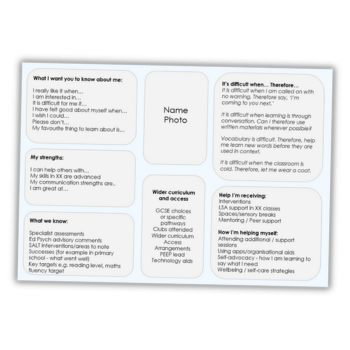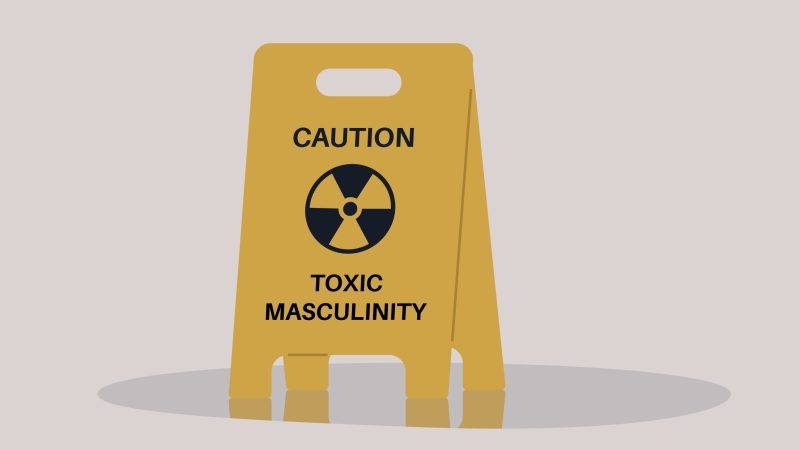Year 10 – How you can best support your Y10 learners

They’re comfortable in school – but for how much longer? Daniel Harvey explores why teaching students in their fourth year of school can be so tricky…

- by Daniel Harvey
- Digital learning director, behaviour, pastoral care & school culture lead

The ice cream vans have stopped coming, the rain has in all likelihood continued and the time has come to start shopping for new uniforms and stationery. September is upon us, and a new term is about to begin. For some students, this process will involve a graduation, of sorts – from the relatively carefree comforts of KS3, to the challenges of Year 10 and KS4 as they embark on the study of specific subjects they’ve chosen to pursue.
However, with the dawning of Year 10 you’ll likely as not find that these earnest, cherubic and hardworking Y9 students undergo a transformation into becoming problematic Y10s – forever sneaking around, vaping in the loos and loving life, as the Sauron-like gaze of middle and senior leaders remains firmly fixed on addressing the needs and issues of Y11.
Continuity benefits
There is no doubt that for some schools and teachers, problems and issues tend to stack up in Y10 – to the extent that the start of Y11 can see the hasty implementation of reactive strategies and plans to ‘save the year group and their results.’ But what if we’ve been looking at this all wrong and instead try to see it as a great opportunity?
Year 10 students should have benefited from their school’s investment in a well-planned and rounded curriculum. This is one that develops knowledge around essential concepts, before augmenting them with important hinterland knowledge.
Your students should be fully at ease with the school’s culture, to the point that there are no longer any surprises. They should readily understand the expectations and standards you’re placing upon them.
Less experienced staff
Year 10 can actually be somewhat similar to Y8. This is because a number of middle leaders like to use new or less experienced staff with both year groups. They place their more effective colleagues on exam duties in Y11, Y12 and Y13.
This seems to stem from a belief that there will be less pressure when working with Y8 and Y10, and that running their classrooms will somehow be easier.
However, Year 10 is crucially different from Y8 in that the former is – or at least should be – the start of a journey leading to the successful award of a level 2 qualification. That might be GCSE or vocational.
That journey will last two years. Unlike Y8, it’s commonplace for teachers to continue teaching the same students as they advance to their next year group.
The Y10 to Y11 transition gives teachers a chance to build solid working relationships with their classes. This means that you, as their teacher, know exactly what’s needed and necessary for your students to be at their very best in the summer of Y11. Ideally, we want students to be confident when sitting those exams, safe in the knowledge that they couldn’t have done anything more to prepare.
“The Y10 to Y11 transition gives teachers a chance to build solid working relationships with their classes”
Waning positivity in Year 10
As is often the case in schools, things only start to become problematic in this area as a result of poorly set out processes and systems and/or poor implementation and monitoring, leading to unintended consequences.
To prevent such issues occurring further down the road, there must be some robust discourse surrounding students’ progression. This is alongside a degree of objective awareness as to how well your initiatives are working.
I’ve been in plenty of SLT subject meetings where, at the start of the year, virtually everyone is reporting how well Y10 are doing. Then that initial positivity steadily wanes over the coming months in the face of assessment and reporting pressures.
“I’ve been in plenty of SLT subject meetings where, at the start of the year, virtually everyone is reporting how well Y10 are doing”
Before long, there are whispers betraying concern over Y10’s collective work ethic (something never previously remarked upon when the same students were in Y7, Y8 or Y9), their ability (which similarly didn’t warrant any mention during their KS3 assessment process) and the ‘unattainable’ target grades these students have been set.
Strategic decisions
Yet it’s possible for schools to avoid this, and indeed many do. How? By making several key strategic decisions, and carefully implementing these at subject and classroom level.
Crucially, these decisions are bound together by effective middle leadership and line management. And I don’t mean a big brother, ‘SLT-knows-best’ approach.
Successful schools are very clear as to what they’re going report on during Y10, and what they plan to discuss in line management and subject team meetings.
This reporting can focus on inferring grades from planned and periodic assessment. Or it can focus on how well students have coped with the course and work so far – presenting assessments as simple percentages, and providing students with clearly defined areas to work on.
A good question for schools and subject teams to ask themselves is when Y10 students should receive their first GCSE or vocational-level grade.
As a science teacher who has taught for 31 years, there have been times in my experience when I’ve used a Y10 Christmas test or assessment to calculate grades. I’ve then shown these to parents or SLT to demonstrate the progress students are making.
The SLT subsequently views this grading process as 100% reliable and accurate. This means that numerous inferences are then made from that data set.
Too many inferences
As detailed by Daisy Chistodoulou in her groundbreaking work Making Good Progress?, staff must confront the difficulties of reliably sampling what knowledge to test in a given assessment. You also need to consider the most appropriate format for that assessment, as well as how to best prepare students for the particular forms of exam assessment they will eventually face.
The most important thing I took from the book was the danger of making too many inferences from a set of assessment marks.
For example, we should consider even the seemingly ‘simple’ task of turning initial assessment marks into grades as potentially risky and unhelpful in the medium term.
Successful schools and subject teams will prevent this from becoming an issue by having knowledgeable and well-informed staff teach a detailed planned curriculum.
The curriculum plan they use will contain not just the obvious course basics. It should also contain examples of expert curriculum knowledge passed from experienced team members to colleagues. This is so that all classes and students can benefit from this work.
Planned and taught
School assessment design should also reflect different aspects of the planned and taught curriculum. These are known as:
- procedural knowledge
- disciplinary knowledge
- substantive knowledge
How will your school’s assessment reflect these different aspects? And how can your students effectively prepare?
You should regularly update these curriculum plans. And, most importantly, regularly discuss them. This will ensure that all colleagues are clear about how to implement them. This can help tease out the tricky nuances of certain exam questions.
A well-planned assessment will accurately reflect:
- where students are at in the course
- what they should know versus what they do know
- what staff must cover if the students are to be successful
By focusing on staff expertise, and enabling staff to build effective classroom relationships, your students can leave Y10 knowing that their teacher has fully prepared them to the best of their ability. They can then take that confidence with them into Y11 and beyond.
Daniel Harvey is a GCSE and A Level science teacher. He is also lead on behaviour, pastoral and school culture at his inner city academy







